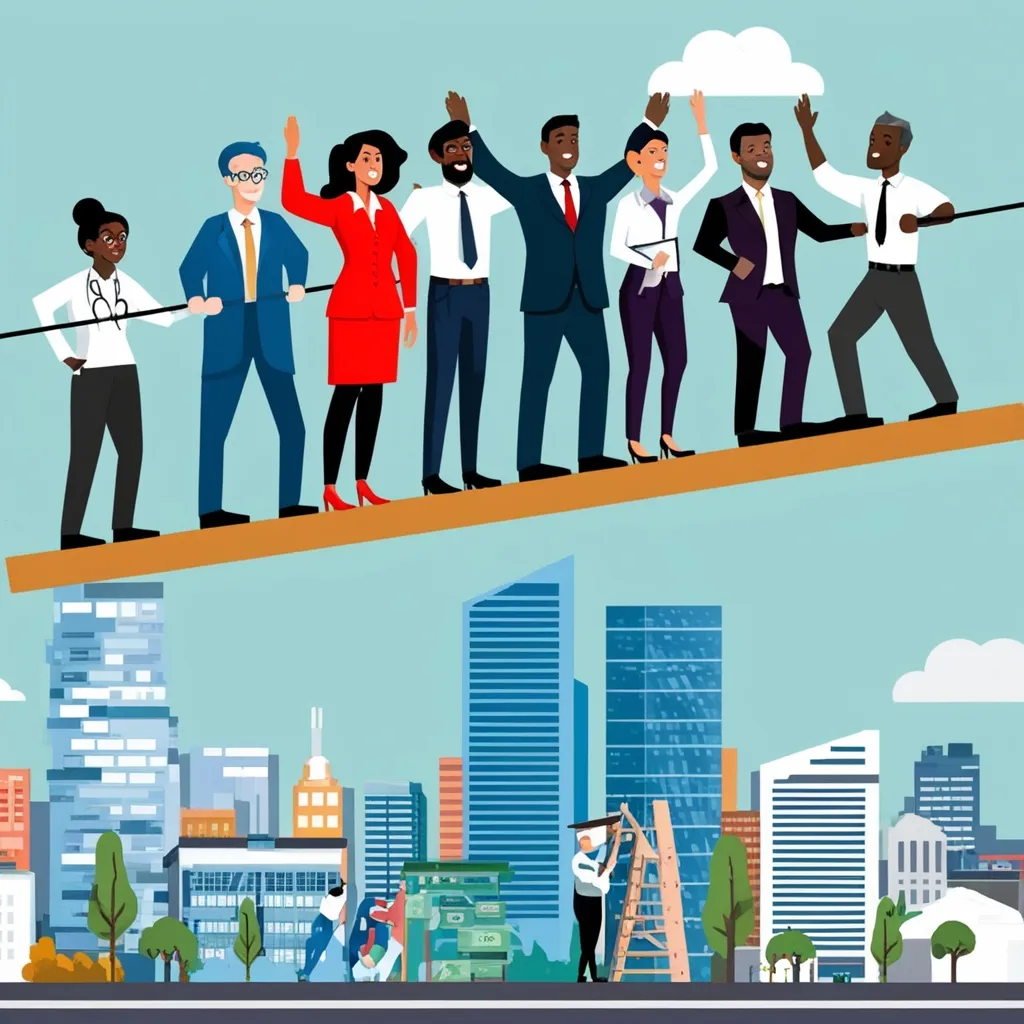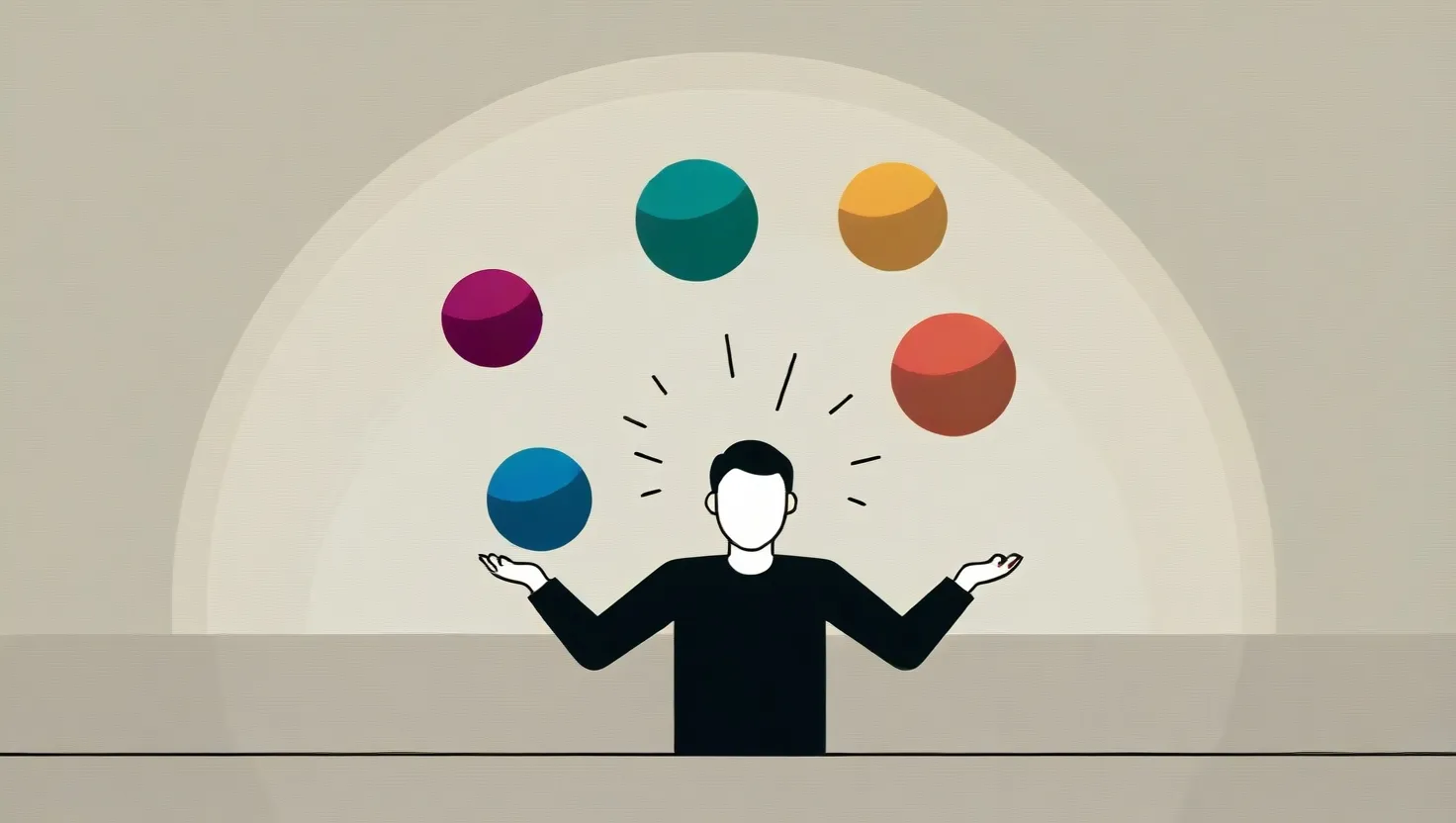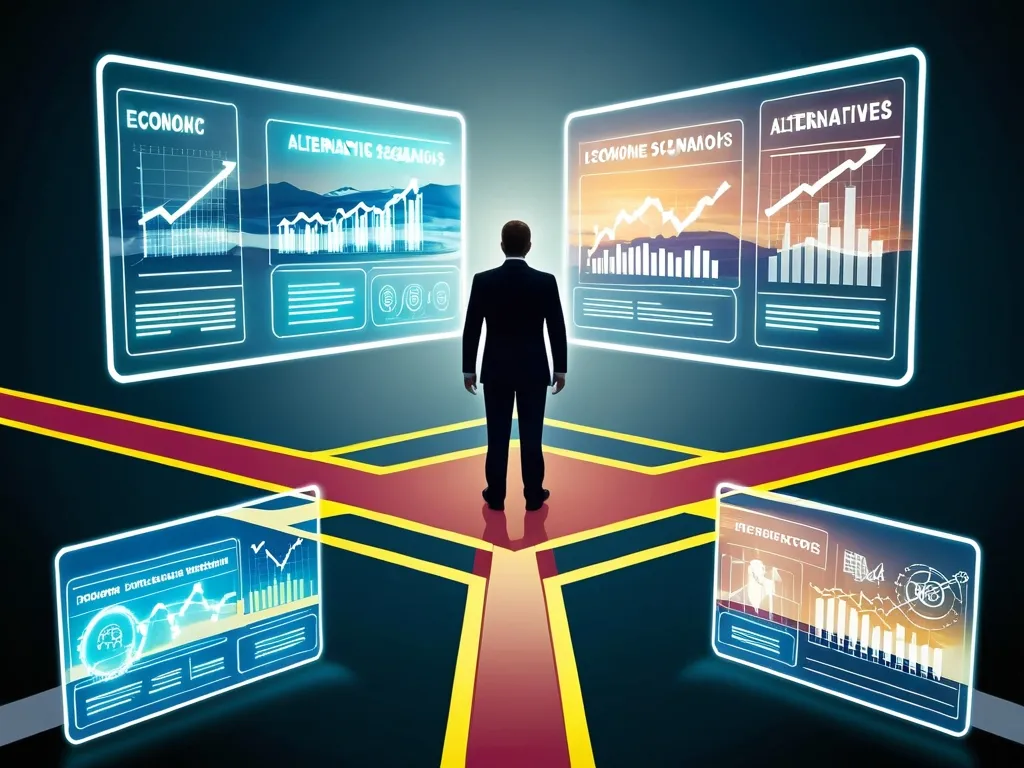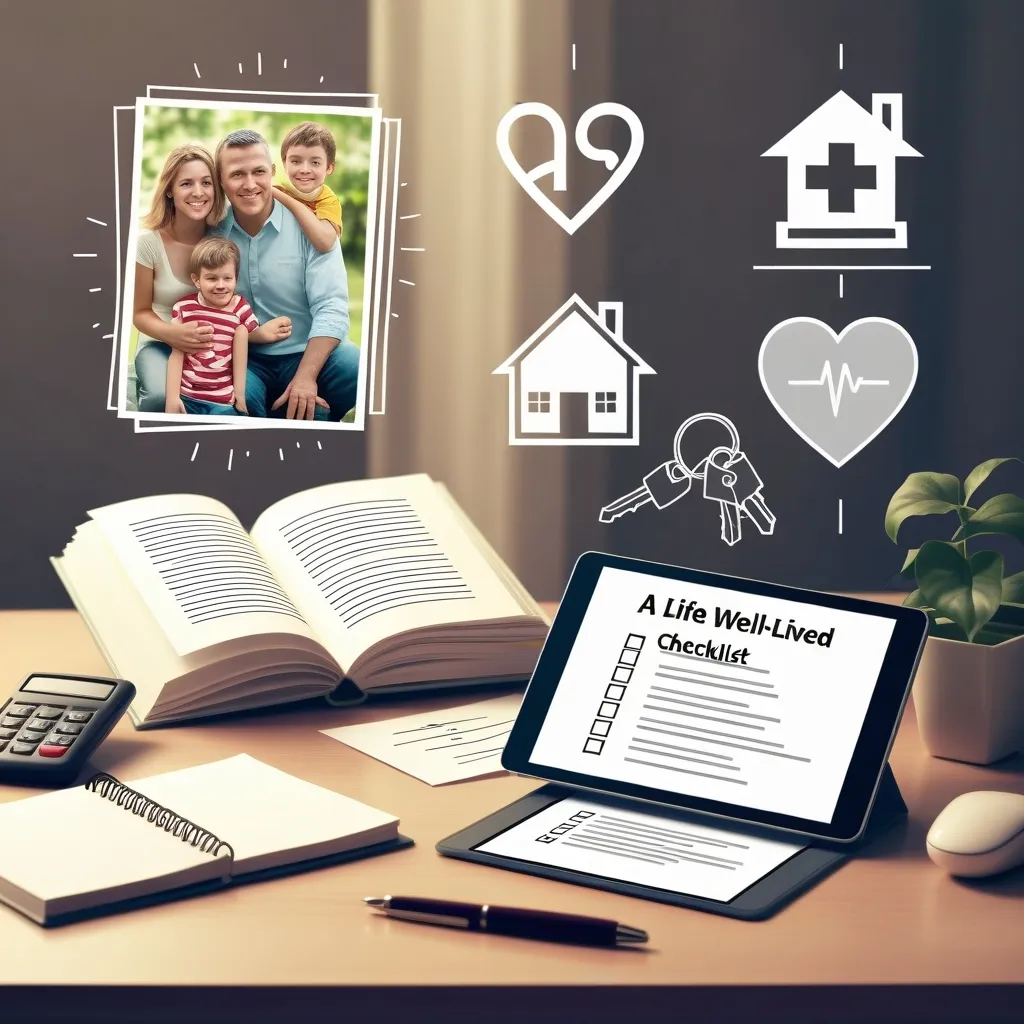Demographic Shifts: Shaping Our Economic Future
Ever wondered how the world’s changing population affects your wallet? It’s not just about more people on the planet. The way our population is evolving is reshaping economies in ways you might not expect.
Let’s talk about the graying of our world. It’s not just your grandparents getting older - entire countries are aging rapidly. Take Japan, for instance. Their population is shrinking, and the average age is creeping up to 47. That’s like half the country being old enough to run for U.S. President!
This isn’t just happening in Japan. By 2050, we’re looking at double the number of people over 60 worldwide. That’s a lot of retirement parties!
But what does this mean for our economies? Well, it’s like trying to keep a seesaw balanced with more weight on one side. As more people retire, there’s more pressure on things like social security and pensions. Imagine fewer workers trying to support more retirees. It’s like asking a small pizza to feed a big family - something’s gotta give.
Now, let’s talk about work. With populations growing slower and getting older, our workforce is changing. In the U.S., we’re expecting the slowest population growth ever, with more folks over 65 than ever before. It’s like the country is becoming one big retirement community!
This shift means we need to get smarter about how we work. We need each worker to produce more to keep up with demand. It’s like asking each hen to lay more eggs because we have fewer hens.
But here’s where it gets tricky. New immigrants, who will make up a big chunk of population growth in places like the U.S., often have less formal education than locals. This could slow down how fast we can improve our productivity. It’s like trying to run a race with one shoe untied.
On the flip side, older workers bring loads of experience to the table. They’re like the seasoned chefs in the kitchen of our economy. But keeping them healthy and in the workforce becomes super important.
Now, let’s talk about something called the “demographic dividend.” It’s like a bonus level in a video game for economies. It happens when a country has more working-age people than dependents. Some countries, like South Korea and Singapore, used this to supercharge their economies. It’s like having more players on your team in a game - you’ve got an advantage.
Looking ahead, countries like Nepal, Jordan, Bhutan, and Eswatini might hit this jackpot next. They’re set to have more workers compared to non-workers in the coming years. It’s like they’re about to get an economic growth spurt.
But here’s a wild twist - even as our global population is set to peak around 11 billion by 2100, we might face more resource scarcity, not less. Why? As we age, we might need more resource-intensive care. Think more hospitals, more care homes. It’s like needing a bigger house as your family grows, even if you’re not having more kids.
This aging population thing also messes with how our economic policies work. Older folks tend to have more savings and assets. They’re more likely to be the ones lending money, while younger people are usually the borrowers. This changes how things like interest rates affect the economy. It’s like changing the rules of the game halfway through.
For governments, it’s a real head-scratcher. They’ve got to figure out how to pay for more pensions and healthcare with potentially fewer workers paying taxes. It’s like trying to stretch a small blanket over a big bed - something’s bound to be left uncovered.
But it’s not all doom and gloom. Older people bring a lot to the table. They volunteer, they care for family members, they keep communities together. In many Asian cultures, grandparents are like the glue that holds families together. They’re the keepers of wisdom and tradition.
So, what can we do about all this? Well, governments need to get creative. They need to find ways to keep older people financially secure without breaking the bank. This might mean changing how pensions work or encouraging people to work a bit longer.
We also need to focus on education and training. If we can’t have more workers, we need smarter workers. It’s like upgrading your phone instead of buying a new one - same device, better performance.
Immigration is another piece of the puzzle. Welcoming new people can bring fresh skills and ideas. It’s like adding new ingredients to a recipe - it can make the whole dish better.
In the end, these demographic shifts are like a massive wave coming our way. We can’t stop it, but we can learn to surf it. By understanding these changes and planning for them, we can build economies that work for everyone, young and old.
Remember, every challenge brings opportunities. As our world changes, so do our chances to innovate, grow, and create societies that value every generation. It’s not just about adapting to an aging world; it’s about creating a world where every age group can thrive.
So next time you hear about population trends, remember - it’s not just numbers. It’s about how we live, work, and grow together in this ever-changing world. And who knows? The solutions we come up with might just make life better for everyone, no matter their age.






